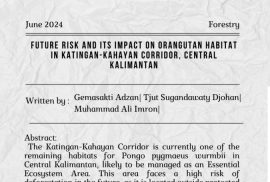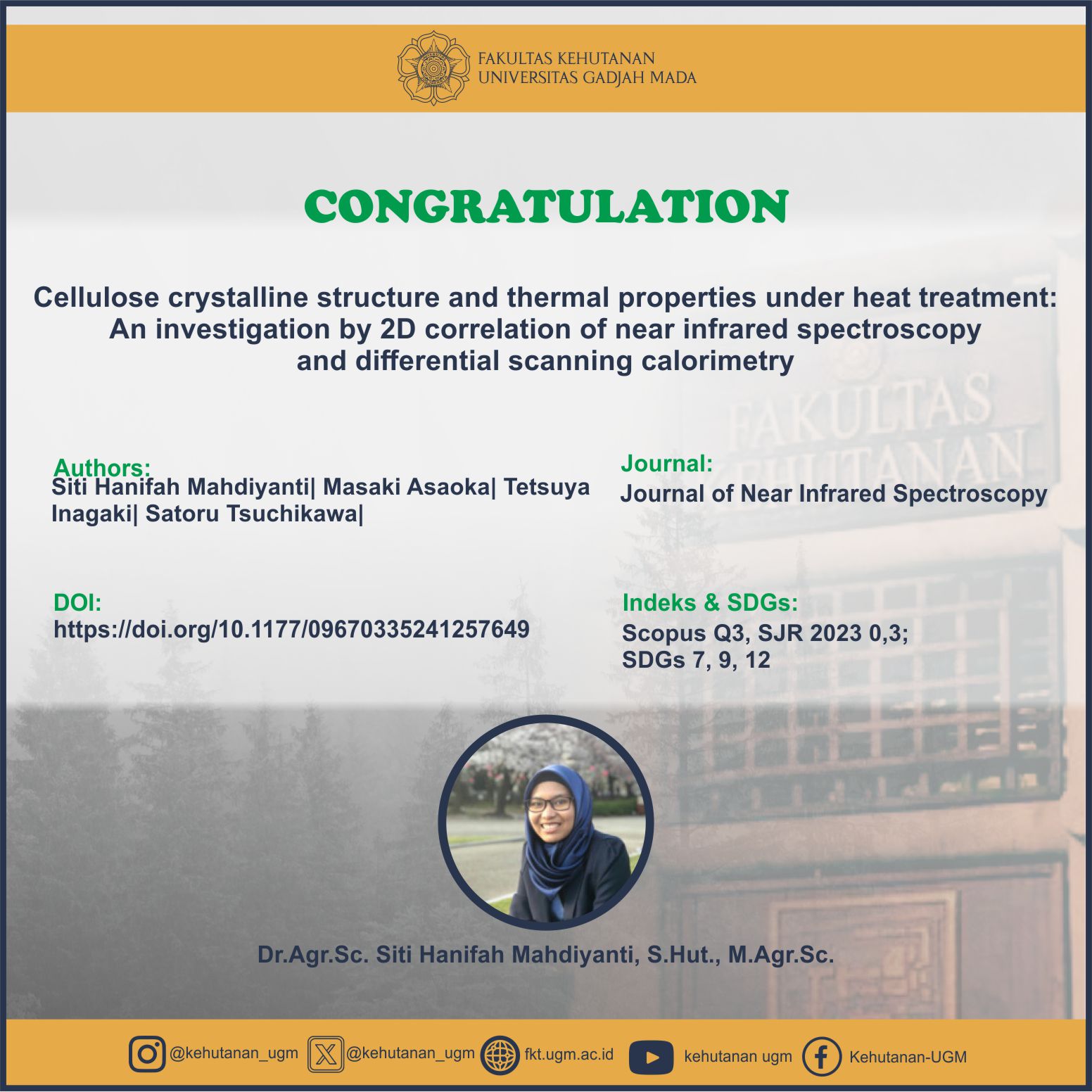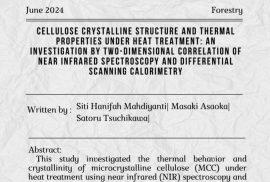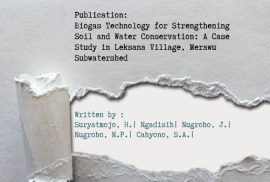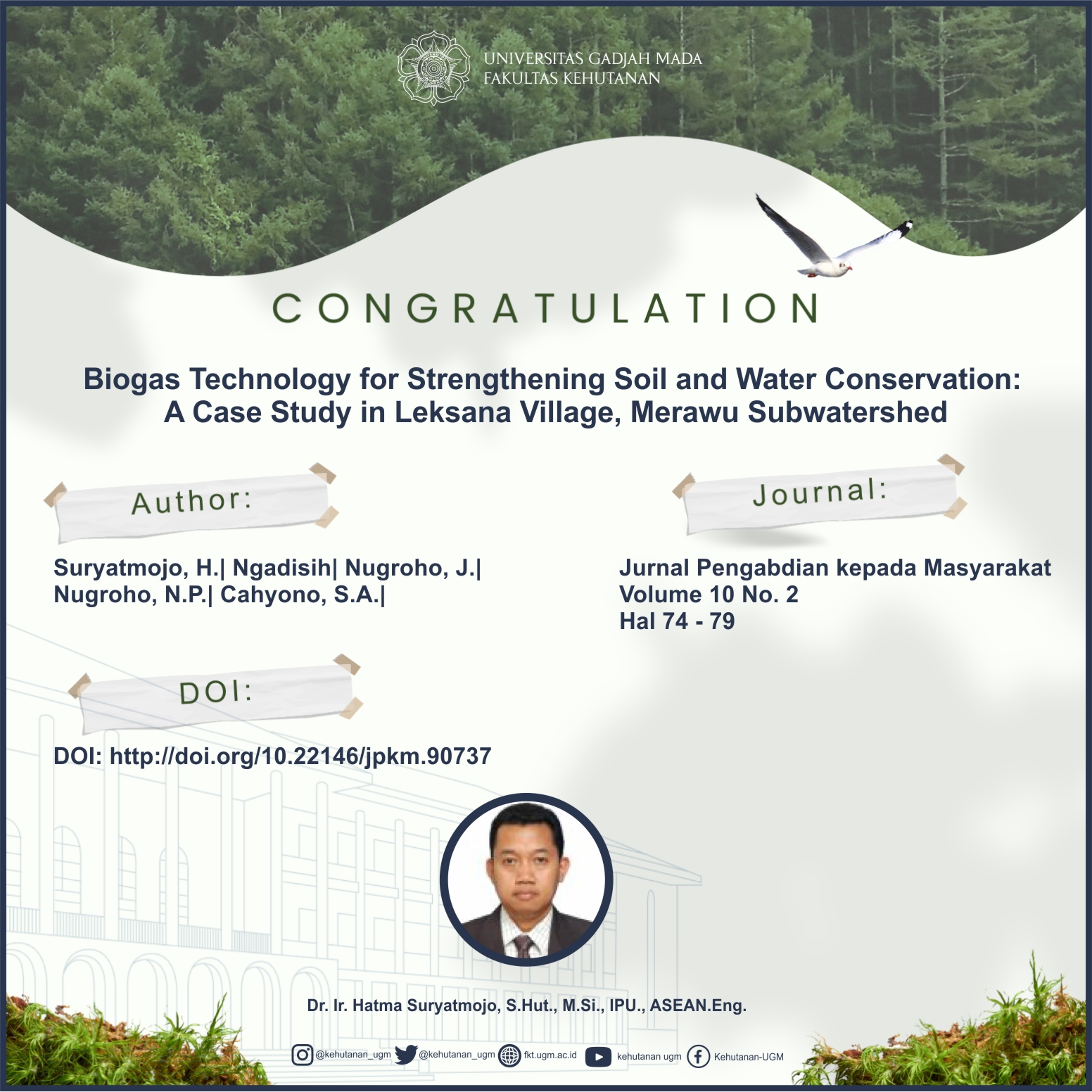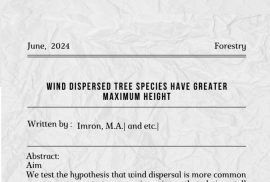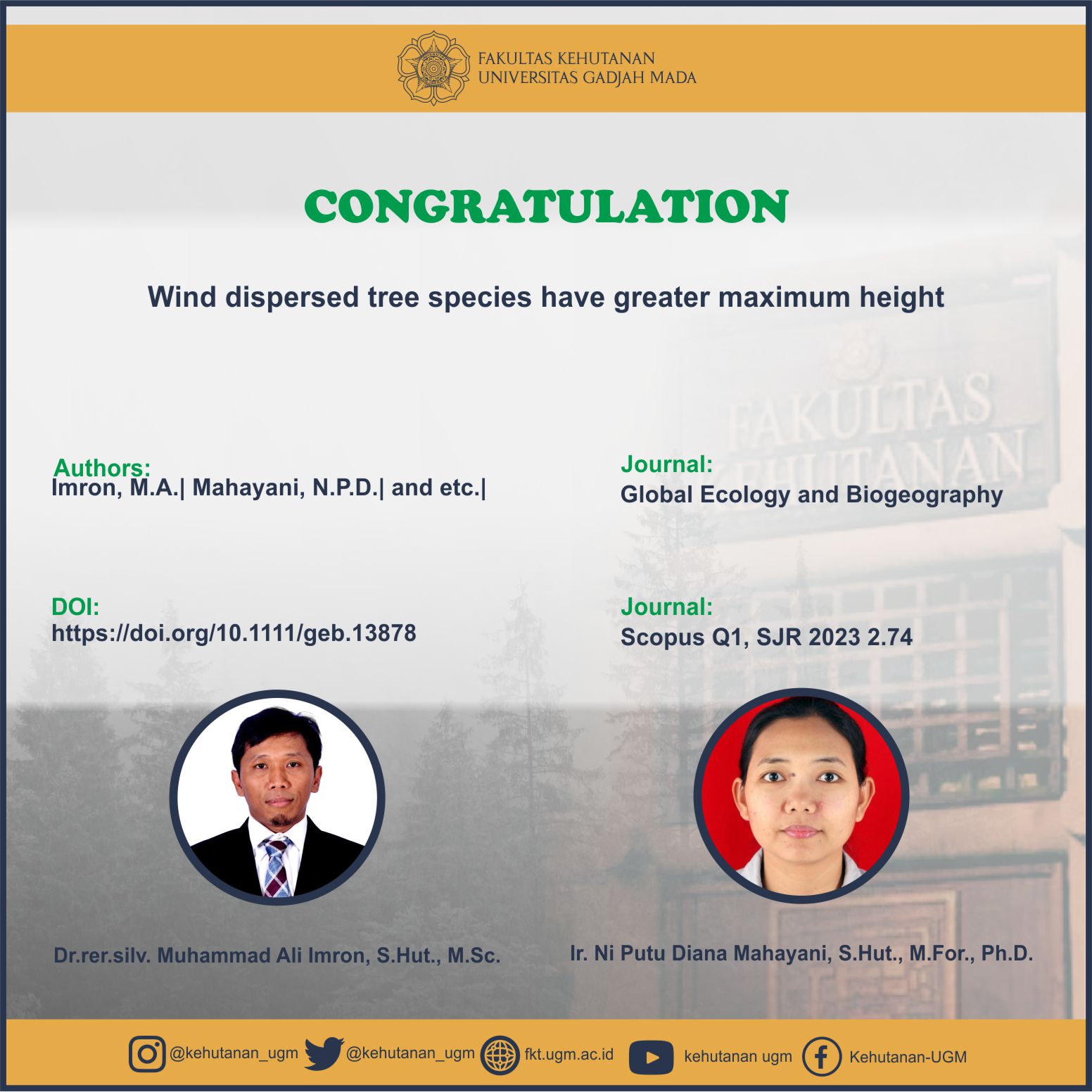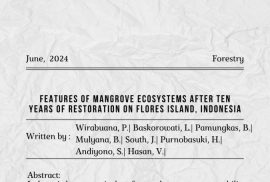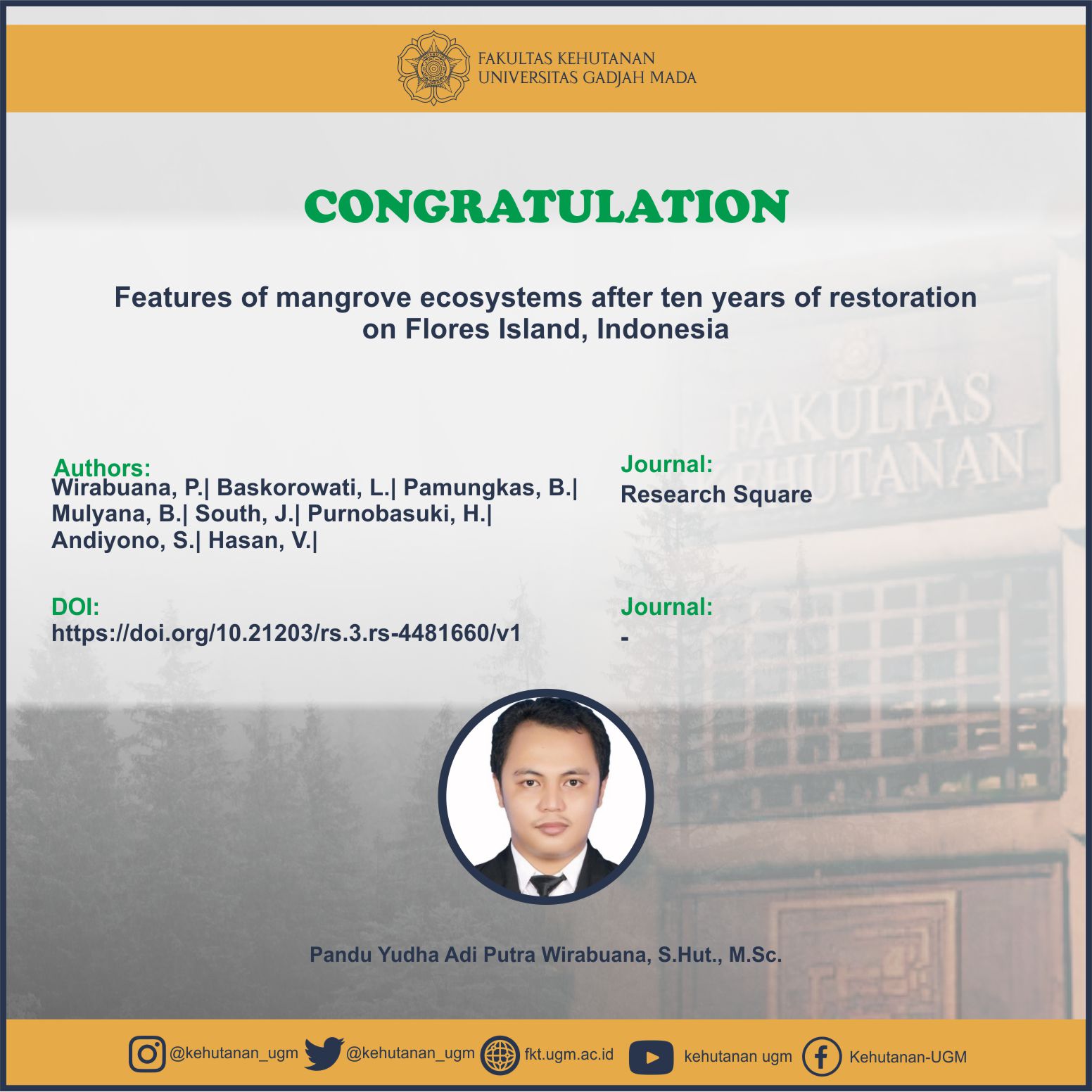
Abstract
The Katingan-Kahayan Corridor is currently one of the remaining habitats for Pongo pygmaeus wurmbii in Central Kalimantan, likely to be managed as an Essential Ecosystem Area. This area faces a high risk of deforestation in the future, as it is located outside protected or conservation zones. This study aims to project future deforestation in the Katingan-Kahayan Corridor from 2019 to 2050 and model its impact on orangutan habitat under two scenarios: (1) Business-as-Usual

